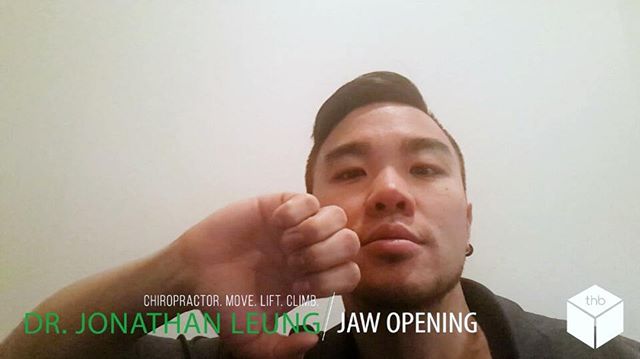TMJ Self screen – Jaw opening. This is a test of your temporomandibular joint (TMJ) / jaw. It is a basic function of your jaw in order to allow you it to function! You need to be able to do this to eat. Try the screen. Answer the following questions. I&;ll be adding more and more questions to this series that will prompt some thought if you have jaw issues (whether you know it or not!) 1. Could you open it wide enough?2. Was there a click or sound? If so, on opening or closing? or both3. Did it hurt? If so, on opening or closing?4. Did it lock or get stuck? 5. If you have any pain, tightness or discomfort – which side is it?Answer these questions as they can indicate a TMJ dysfunction or TMD. Some other symptoms to note during your self scree of TMD include: HeadacheWorn teeth (due to the teeth not resting on each other properly or whats known as malocclusion)Painful muscles in the cheek, temple, or neckClicking or poppingEarachesPain behind the eyesRinging in the earsToothache What we&;re trying to begin to do is pain a diagnostic picture. As a clinician these are the structures I will be checking and keeping in mind with your answers: Musculature of the Neck, face, and jawCartilaginous disk Ligaments, nerves, and blood vessels surrounding the joint, mouth, and teethDoes this sound like a lot? Well it is! but we&;ll slowly delve further into the rabbit hole. series

Posted in Instagram | Tagged: 39, anatomy, change, chiro, culture, fitness, headaches, health, jaw, markhamchiropractor, motivation, movement, pain, physio, prevention, temporomandibularjoint, thehealthbox, TMD, TMJ, TMJseries, toronto 



 by
by 

Comments are closed.